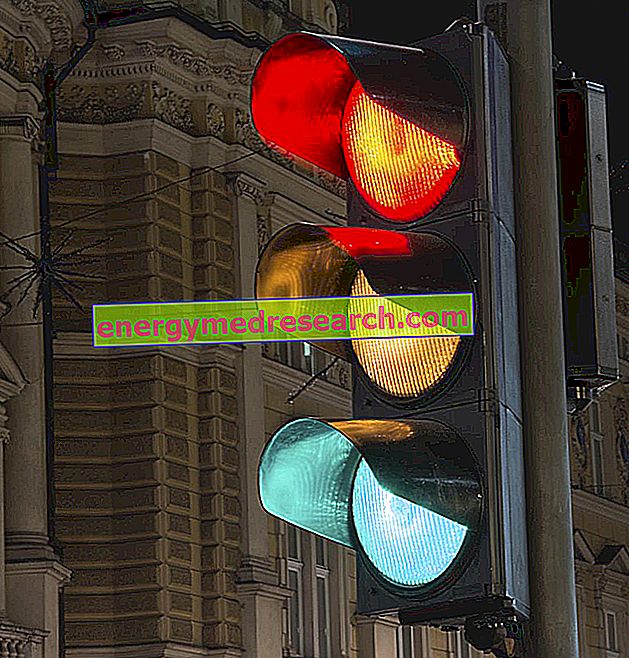Generality
Prosecco is a typical Italian white wine. It is produced mainly with the Charmat method and presents a typical effervescence that diversifies into three types: quiet prosecco, sparkling prosecco and sparkling prosecco.

Vines
Prosecco is made from white grapes belonging to the vine of the same name (Prosecco, to be precise), today better defined Glera ; this name was introduced in 2009, so as not to confuse the grape variety and wine with one another, further protecting the DOCG brand of Prosecco di Conegliano-Valdobbiadene.
In reality, those of Glera MUST make up at least 85% of the total grapes, while the remaining 15% can be made up of chardonnay, pinot grigio, verdiso, trevigiana bianchetta and other strictly regulated grapes.
The Prosecco grape is native to the Veneto and Friuli Venezia Giulia regions; it grows luxuriantly in the provinces of Treviso, Belluno, Venice, Padua, Vicenza, Udine, Pordenone, Trieste and Gorizia, respectively in more than 600 municipalities in the Veneto and Friuli regions. The Glera grape is vigorous, with large and long bunches; it rises on well-drained soils, peats and any widely irrigated cultivation are therefore excluded.
Prosecco (Glera) has been cultivated for over 200 years and was mentioned (in 1772) in the VIII volume of the "Giornale d'Italia" by the famous academic journalist Francesco Maria Malvolti.
Winemaking Method
Prosecco is the fruit of REFERMENTATION in the bottle (or in an autoclave) of a wine-base produced by vinification with the grapes mentioned above.
The term that identifies the method of production (of many types of prosecco, as well as of other sparkling wines) is Charmat, from the name of the French who patented it; in reality, the discoverer of this system was the Italian (Piedmontese) Martinotti.
The Charmat method is ideal for the production of prosecco, as it is a wine that bases its characteristics on IMMEDIATE, primary pleasantness, rather than on complexity. It is therefore a method by which the characteristics of those aromatic vines that express freshness, intense aromas and vibrant acidity are preserved intact.
The production technique of prosecco is quite simple, but it is distinguished according to the type to be obtained; let's see it in more detail. The base wine is harvested early to ensure freshness, acidity and aroma. The destemming - that is the separation of the grapes from the grapes from the stalks (rich in tannins) - is as important as the subsequent absence of maceration of the skins. The fermentation of the must takes place by adding selected yeasts and in large steel tanks, covered with a cavity (for maintaining the temperature at 18-22 ° C); the process continues until, in the must, the alcohol and the sugar remain constant (two consecutive measurements, between morning and evening). Then follow the racking for the removal of the lees and the maturation to remove the tartrates; bottling, if immediate, would lead to the formation of a "quiet" prosecco. On the other hand, in most cases (around 80%), prosecco is sent to the processing of the often mentioned Charmat method. Let's see what it is: when the base wine is ready it is placed in special autoclaves (possibly together with sugar and some selected yeasts). About 24g of sucrose per liter produce up to 6 atmospheres of pressure and a relative ADDITIONAL alcohol by about 1.5 °. In these autoclaves the foaming takes place which continues for about 15 days at a temperature of 13 ° C; the arrest is obtained in advance for the sweetest and late sparkling wines for the drier ones.
Subsequently the isobaric decanting takes place (ie without dispersing the carbon dioxide) to separate the lees; after which we proceed with the refrigeration to stabilize the wine and finally with the isobaric bottling.
Nutritional Features
Prosecco is an alcoholic beverage that is part of all the fermented products. The relative chemical composition (once fermentation is completed) does NOT enhance large quantities of sugars, let alone proteins and fats; it is therefore deducible that ALL the energy supply of prosecco derives from the content in ethyl alcohol (about 12 °).
Like wine and very alcoholic beers, prosecco can also be consumed daily, as long as the portions are NOT more than two and do not exceed 125ml at a time.
Similarly to other alcoholic and alcoholic beverages, even the excessive consumption of prosecco is potentially harmful for the body, especially in the presence of overweight, hypertension, hypertriglyceridemia and liver suffering. Furthermore, the abuse of alcohol is closely associated with degeneration of the esophageal mucosa, the gastric mucosa and the duodenal mucosa, with increased acidity, reflux and the possibility of the onset of gastritis or, worse, ulcer.
Finally, remember that prosecco does NOT boast the same contribution to antioxidants (such as the famous resveratrol) of red wine, which is why its dietary intake does not confer any nutritional value.
Spritz is a famous prosecco based cocktail; here's how it's done
spritzer
X Problems with video playback? Reload from YouTube Go to Video Page Watch the video on youtubeOther prosecco cocktails (spumante)



